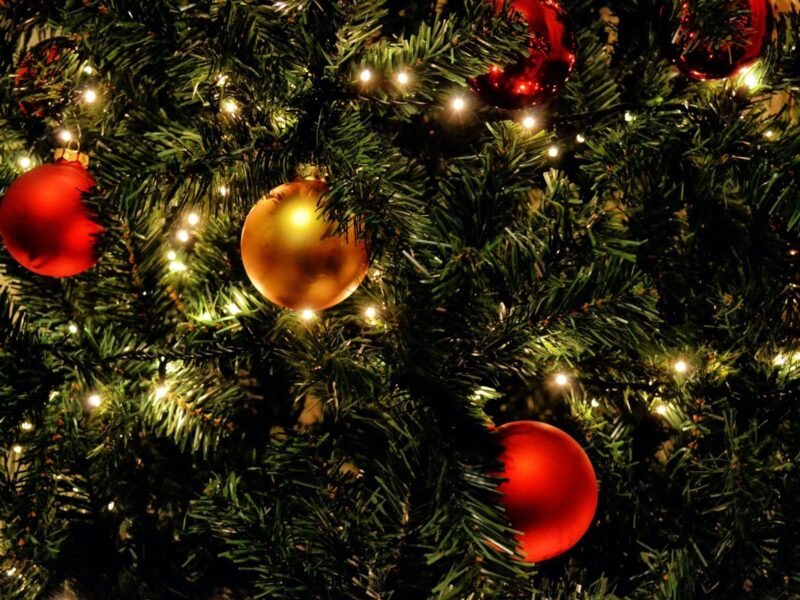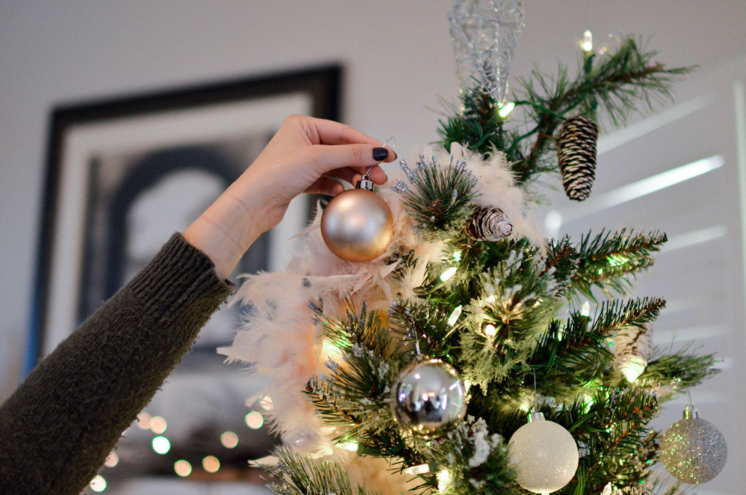From Feather Trees to Fiber Optics: The Evolution of Artificial Christmas Trees
The artificial Christmas tree is a popular item in many homes during the holiday season. It may come as a surprise to some that this modern wonder actually has a long history and evolution that can be traced back over a century. The artificial tree first came into being in the mid-1800s when German-born immigrant, August Imgard, decided to decorate his home with a feather tree made of goose feathers dyed green and arranged on wire branches. This was the first documented instance of an artificial tree used as a Christmas decoration, though it certainly wasn’t the last.
Though Imgard’s feather tree was just a novelty, its popularity soon spread throughout Europe before making its way to America in the early 20th century. It was here that fascination with these fake trees really began to take off; by the 1940s they had become increasingly popular as they solved two key problems: evergreen trees were hard to come by in many parts of America and also brought fire hazard risks. As such, people began to embrace the idea of creating their own trees using materials like paper, aluminum foil, plastic and other materials which were easy to source and much safer than real trees.
The Surprising Origins of the Artificial Christmas Tree
By the 1950s, companies began mass-producing artificial Christmas trees for consumers using different types of plastic resins such as vinyl chloride and polyethylene. Over time these materials were improved upon with improvements such as flame retardant additives which further increased their safety and popularity. During this period numerous shapes and sizes of fake trees became available so people could choose one that suited their tastes or budget best.
Since then there have been continuous improvements made regarding artificial Christmas trees such as pre-lit models that require no extra work once purchased or ones with intricate designs which more closely resemble real evergreens than traditional models ever could. In recent years LED lighting has also become popular due to its energy efficiency compared to regular lights; not only does it consume far less electricity but it also lasts much longer so you don’t have to worry about replacing bulbs year after year.
Today we live in an era where commercial artificial Christmas trees are widely available from both online and offline stores – often being sold at prices competitive enough with fresh cut trees that they remain an attractive option for many families celebrating each holiday season. As technology continues to improve on these products one can only imagine what types of artificial Christmas trees may exist in years ahead!


